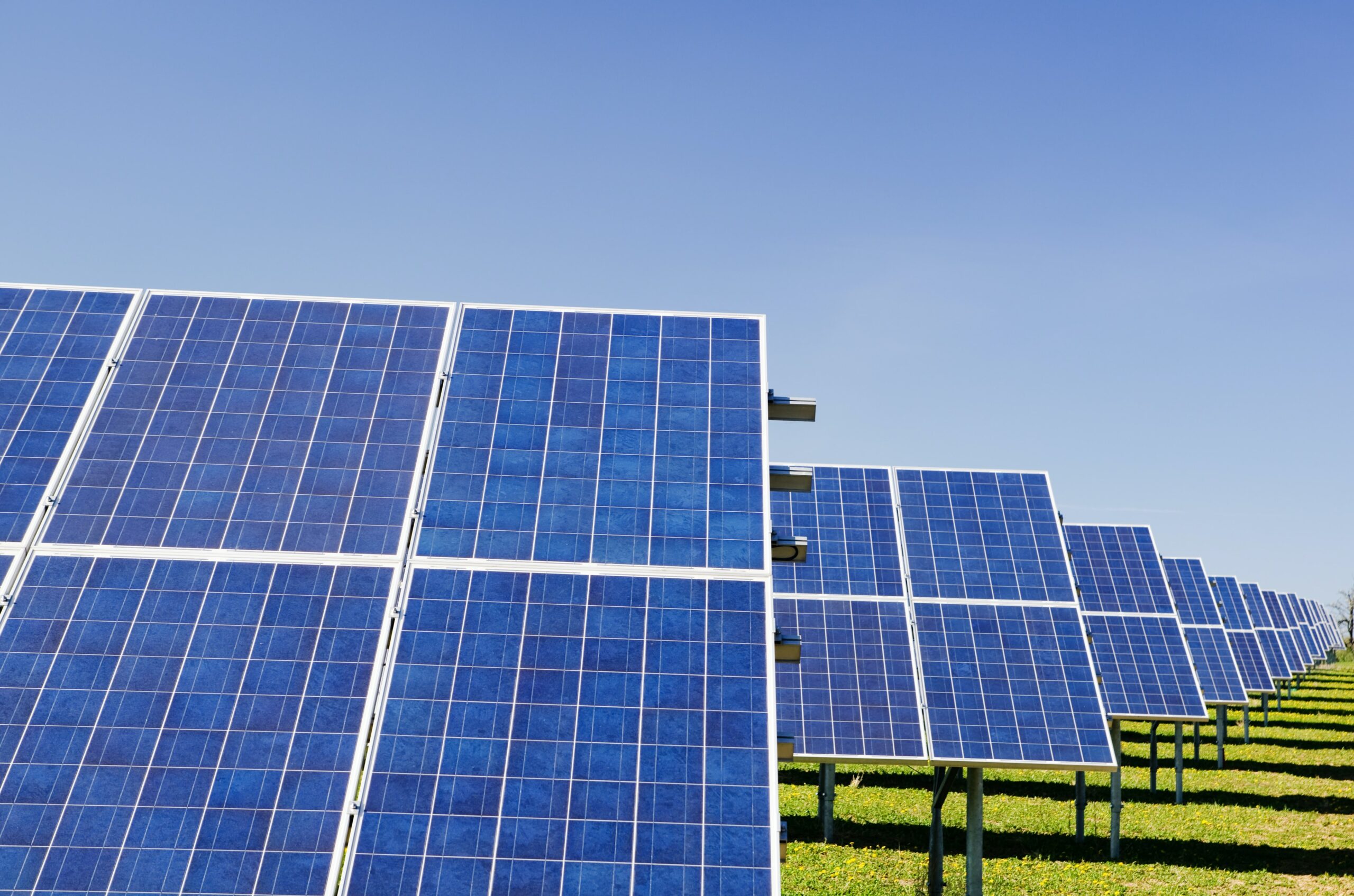Exclusion of Solar PV installations from obtaining Environmental Authorisation and Adoption of Screening Tool

On 8 September 2022, Minister Creecy published her intention to exclude the development and expansion of solar photovoltaic facilities and associated activities or infrastructure from the requirement to obtain an environmental authorisation. The exclusion is proposed on the basis of the intended adoption of the National Web Based Screening Tool as an environmental management instrument. The public was given 30 days within which to comment on both notices.
In essence, the exclusion means that development or expansion of solar PV facilities located in areas identified as “low” or “medium” site sensitivity by the Screening Tool do not need to undergo an environmental impact assessment (“EIA”) and obtain an environmental authorisation, they simply need to be registered with the Competent Authority.
The Biodiversity Law Centre is entirely supportive of the Just Energy Transition, and the replacement of harmful fossil fuel energy generation, which contributes to greenhouse gas emissions and climate change, with clean renewable energy. We are also very aware of Government’s commitments in terms of the Paris Agreement and its Nationally Determined Contribution, and consequently that divesting from fossil fuels and increasing production of renewable energy is imperative. However, the Centre has several concerns with the proposed exclusion that it addressed in comments submitted to the Department of Forestry, Fisheries and the Environment on 6 October 2022.
Principally, the Centre is concerned that the exclusion may expedite the rollout of renewable energy (solar PV) projects to the potential detriment of indigenous species and ecosystems, as well as communities whose participation from the registration process has been excluded. We say this because renewable energy installations often extend over vast areas that are relatively undisturbed, and the assessment of impacts prior to project implementation becomes critical. In addition, the exclusion seems superfluous, as Government has already adopted reasonable legislative measures to streamline the EIA process in relation to renewable energy developments through the declaration of Renewable Energy Development Zones, or REDZ. Renewable energy facilities that are located in REDZ do not need to undergo a full scoping and EIA, but only the much shorter basic assessment process contained in the EIA Regulations. Rather than the proposed exclusion, the Minister should look to expanding the REDZ.
The Centre is also concerned that the exclusion makes no provision for public participation, which is crucial in relation to developments that may have significant impacts on the receiving environment and communities. Failure to include provision for public participation means the process is inconsistent with the National Environmental Management Act, 1998.
The proposed exclusion is also a misuse of the Screening Tool: sensitivity is not a measure of potential impacts of development; it only flags potential risks that need assessment. The Screening Tool is therefore intended to be the step that initiates further assessments, not a means of excluding where assessment is needed altogether. Failure to register a solar PV facility is also not made an offence, creating little incentive to abide by the process at all.
The Centre urges the Minister to actively engage with the comments of concerned stakeholders and their recommendations for alternative means of expediting renewable energy development.